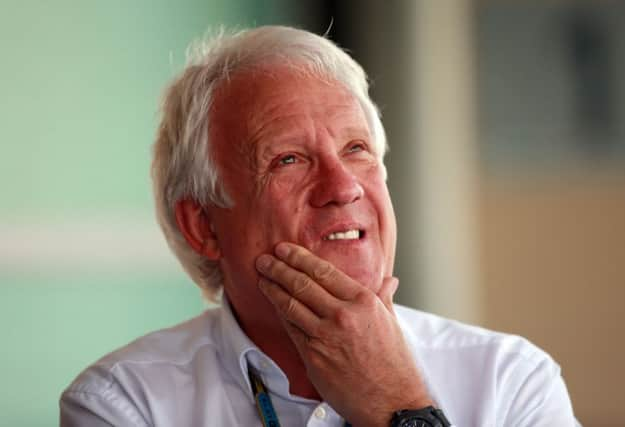Charlie Whiting, Formula One director


A fascination with motorsport stemmed from his youth, when he spent evenings and school holidays in Kent fixing up cars with his brother, Nick.
Passion and vocation led to the opening foray into Formula One in 1977 working for Hesketh Racing. It was the beginning of more than four decades in the sport.
Advertisement
Hide AdAdvertisement
Hide AdHesketh, which gave James Hunt his first drive in F1, would fold in 1978, and Whiting went on to join Brabham, then owned by Bernie Ecclestone.
He rose through the ranks of the team and in the sport and went on to serve as chief mechanic for Nelson Piquet at his championship successes in 1981 and 1983, and later chief mechanic for the team.
When Ecclestone sold the team, the lure of the poacher-turned-gamekeeper transition proved too strong and Whiting took up a role within the sport’s governing body, the FIA. Eventually, in 1997, he became race director.
Over the last two decades, Whiting became the sport’s de facto lead referee, analysing incidents, detecting wrongdoing and taking a lead in promoting safety.
Advertisement
Hide AdAdvertisement
Hide AdOne of the more notable incidents in his career came in 2005, when concerns were raised about the safety of tyres brought by Michelin to the Indianapolis Motor Speedway, and Whiting was asked to alter one of the corners which would allow seven teams to race safely.
He refused, leading to the farcical sight of 14 cars retiring after the parade lap.
In a letter to the teams at the time, he said: “To change the course in order to help some of the teams with a performance problem caused by their failure to bring suitable equipment to the race would be a breach of the rules and grossly unfair to those teams which have come to Indianapolis with the correct tyres.”
But fairness and safety were key to Whiting, particularly when drivers thought an incident warranted further investigation.
Advertisement
Hide AdAdvertisement
Hide AdHe would rigorously inspect circuits, checking a range of new circuits on the GP calendar for suitability, as well as looking at how safety could be improved within the car.
He is credited with being among those who backed the introduction of the halo device, which helped Charles Leclerc avoid serious injury after a huge accident at last year’s Belgian Grand Prix.
He died in Melbourne, where he was due to officiate the curtain-raiser of the new season, after suffering a pulmonary embolism.